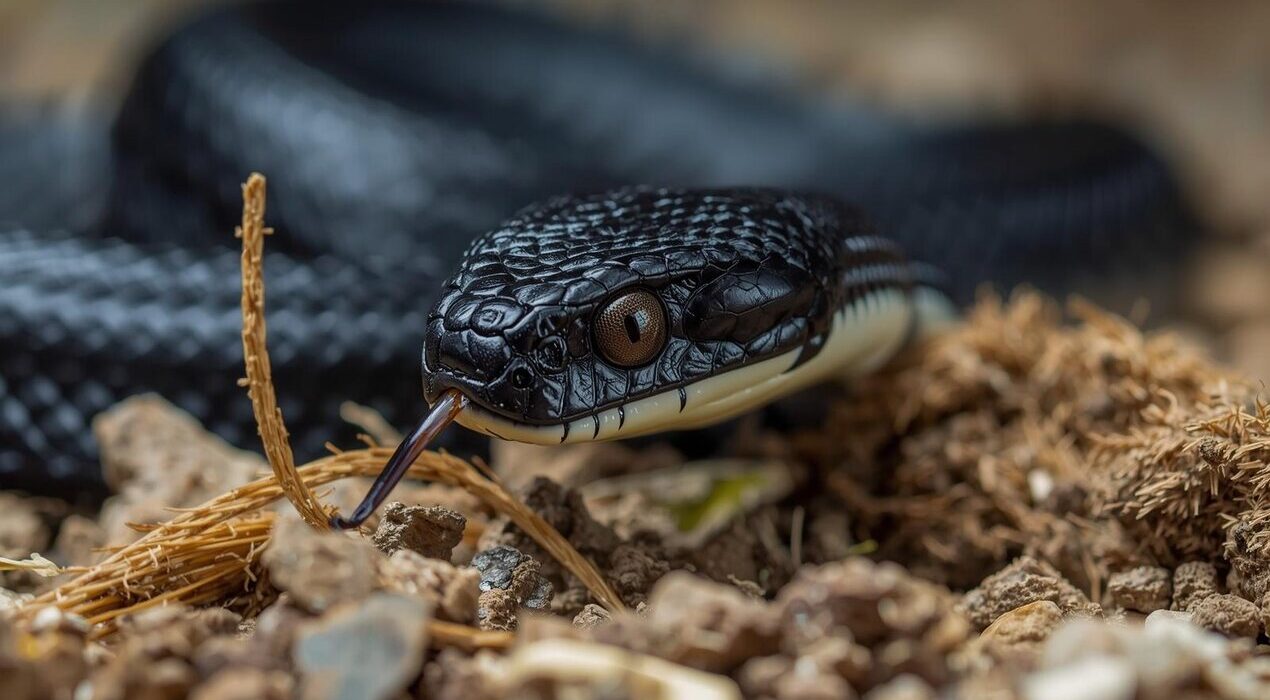Scientists are now uncovering a dangerous twist in how black mamba bites behave. Even after treatment, the venom may trigger a lethal “second strike.” This discovery could shift how we treat snakebite victims worldwide.
What Is the “Second Strike”?
When someone is bitten, antivenom often stops the initial venom. However, in some cases, a delayed surge of venom occurs. This resurgence can outpace treatment efforts. As a result, a patient may decline suddenly hours later.
Researchers suspect venom particles hide in tissues. Over time, they reenter the bloodstream. For instance, venom could accumulate around muscle or fat cells. This slow release overwhelms the body anew, despite earlier treatment.
Why Is This Important?
This finding explains why some patients die after seeming to recover. It also urges clinicians to extend monitoring periods. Therefore, hospitals should watch patients longer even after symptoms improve. In addition, they may need repeat doses of antivenom in certain cases.
Clinicians must remain alert to late symptoms like breathing trouble or heart irregularities. Quick action matters. As a result, training for snakebite care may evolve. Scientists and medics may need to rework protocols globally.
This breakthrough carries weight for tropical areas, where black mambas live. It also highlights how even treated venomous bites remain unpredictable. As we learn more, we can save more lives.






